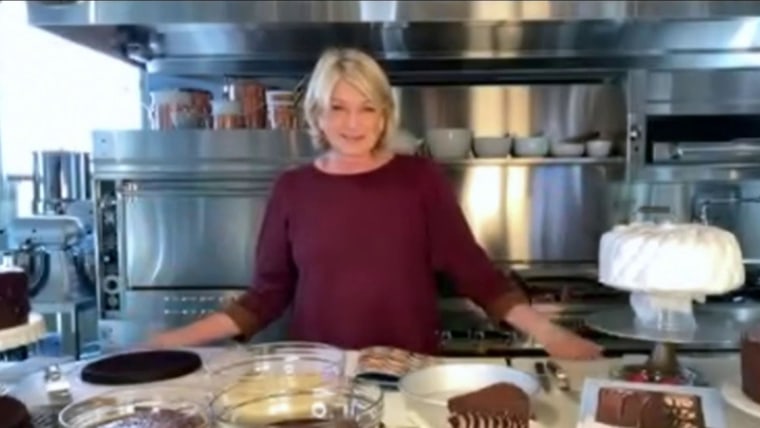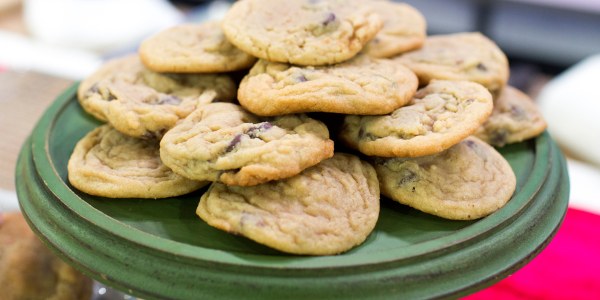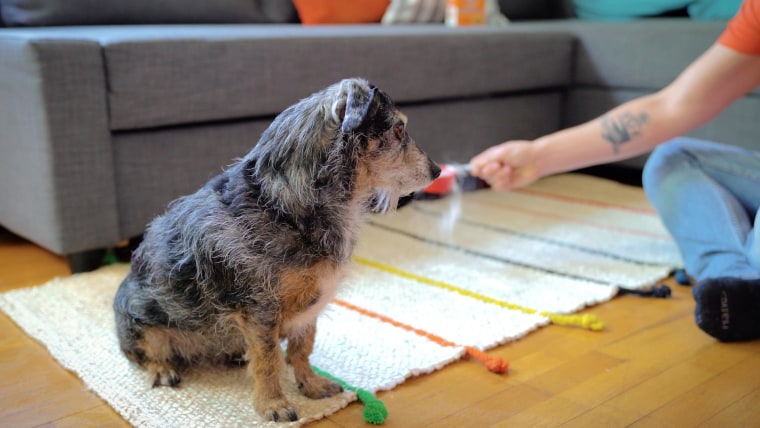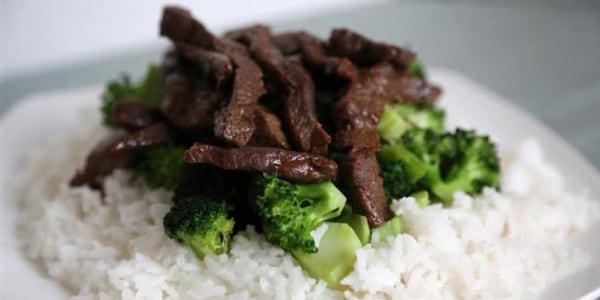Baking Soda Uses In Cooking
While most home cooks have used baking powder and baking soda in all sorts of recipes — from pancakes and pies, to cookies and cakes — many people don't really know why they're different and how they should be used.
TODAY Food asked culinary science experts to help break down the facts about these handy little baking agents.
What are baking soda and baking powder?
Grab your chemist goggles, it's about to get a little technical.
Baking soda and baking powder are both chemical leaveners, which means they make our breads and cakes rise. They do this by causing a chemical reaction that releases carbon dioxide and creates the lift in baked goods.
But they're not the same thing.
What is baking soda?
Baking soda is alkaline, which means it has a higher pH value than acids like lemon juice, buttermilk, vinegar, sour cream and other common baking ingredients. So when it interacts with an acid, which has a lower pH value, it creates a chemical reaction, releasing carbon dioxide, as it tries to get to a neutral pH value.
What is baking powder?
Baking powder, on the other hand, is baking soda that contains two acids, so no additional acid is needed in the recipe to cause the reaction, Dan Souza, editor in chief of Cook's Illustrated, told TODAY Food. "It's a complete leavening system in and of itself, whereas with baking soda you need something acidic," he added.
In fact, chef Peter Reinhart of Johnson & Wales University told TODAY that cooks can even make their own baking powder by mixing one part baking soda with two parts cream of tartar (an acidic compound).

While that simple recipe would make "single-acting" baking powder, most baking powders on store shelves today are "double-acting." That means there are two acids, one which acts when the powder gets wet and a second that reacts when it's heated.
Souza explained that some of the carbon dioxide is lost when first adding liquid to a recipe, especially if it's kneaded or mixed too much, for example. Baking powder gives you a "second burst of carbon dioxide," he said. "It's almost bulletproof — it's a little more insurance that it's going to get good leavening."
When to use baking soda and when to use baking powder
Recipes that already have acidic ingredients are designed to react with baking soda. "If you use powder [in these recipes], you'll have left over acidity," said Souza. Whereas, if you use baking soda when a recipe calls for baking powder, you likely won't have enough acid to make it work, he said.
"A good rule of thumb is to look at your recipe, and if you've got acidic ingredients, you could be pretty safe going with baking soda," he said. "If it doesn't have a natural source of acid, and you want to use a chemical leavener, baking powder is going to be a better bet."
At America's Test Kitchen, which publishes Cook's Illustrated, Souza said his team will often use both baking soda and powder in some recipes. "When you have soda in the recipe, it actually contributes its own flavor," he said.
For example, they've found pancakes just don't taste like pancakes without a little baking soda, even though they get their "lift" from the baking powder. The baking soda can also improve browning, both in pancakes and in other dishes, the team has found.
Reinhart said that baking soda is better if you prefer flat, crispier cookies: "If you're just using baking soda, that helps the cookies spread a little bit, whereas baking powder will cause them to rise more."

Samantha Okazaki / TODAY
How to store baking soda and baking powder
Ever heard that you should store baking soda in the refrigerator to help reduce odors? It's actually a myth, says Souza. After conducting a test, America's Test Kitchen found that it's ineffective at absorbing odors in the kitchen. So save that baking soda for baking.
Plus, adds Reinhart, you need to store baking soda in a cool, dry place, as any contact with moisture or acidity can cause it to lose some of its potency and begin to activate.
While baking soda is more stable than baking powder, which already has the acids ready to activate with heat or moisture, he said it's a good idea to keep both in closed containers and, like other pantry staples, toss them after six months to a year, because they will lose some of their strength and won't taste the same.

Baking soda cooking hacks
Souza also offered up a few helpful cooking hacks using baking soda to make dishes beyond baked goods even tastier.
For more tender stir-fry meat, he suggested mixing 1 teaspoon of baking soda with ½ cup cold water and then adding in your stir fry meats like pork, chicken or beef. Let the mixture sit at room temperature for about 15 minutes before cooking in your stir-fry. After the time is up, rinse off the baking soda with regular water.

Anna Monette Roberts/Popsugar
To help caramelize onions, toward the end of the cooking process when they already browning nicely, add a mixture of baking soda and water to help further break down and brown the onions. Your whole kitchen — and maybe even your whole house — will smell like a delightful bowl of French onion soup.
Baking Soda Uses In Cooking
Source: https://www.today.com/food/difference-between-baking-soda-baking-powder-t127409
Posted by: ayalasafteph.blogspot.com

0 Response to "Baking Soda Uses In Cooking"
Post a Comment